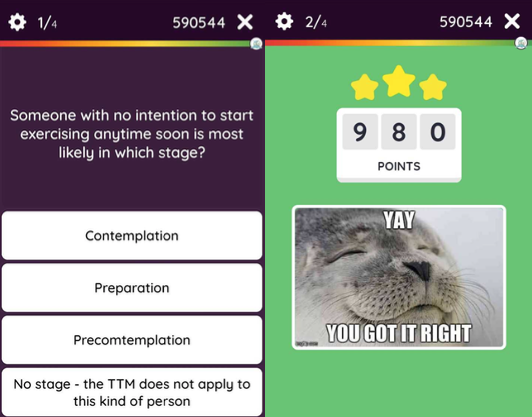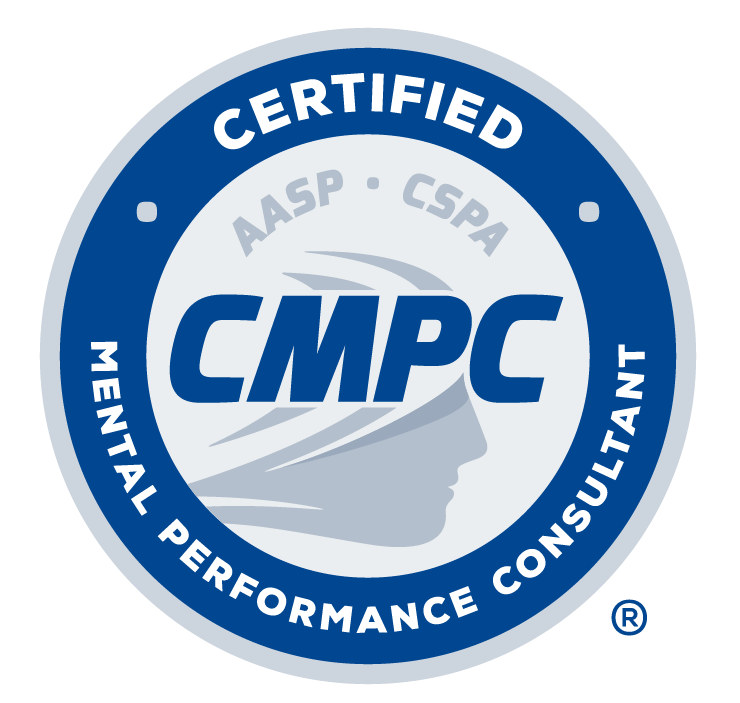AASP Newsletter - November 2019
Teacher's Corner: The ABCs of Classroom Assessments
 |
Amber M. Shipherd, Ph.D., CMPC, Texas A&M University – Kingsville
Working with millennial students requires educators to understand how to appropriately create and implement a learning-centered approach in their classrooms (Fink, 2013). Unfortunately, too many graduate programs arm their students with a strong knowledge base in their subject matter and research, but provide limited or no pedagogical training, including knowledge of effective course design, assessment, classroom management, and content delivery (Robinson & Hope, 2013). The following overview of course assessment stems from the AASP webinar “Becoming the Instructor You Wish You Had: A Graduate Student and Young Professional’s Guide to College Teaching” and is ultimately driven by the increase in AASP members reaching out to the AASP Teaching SIG for help and suggestions regarding pedagogy and effective teaching practices.
Oftentimes instructors view assessments as an opportunity to better understand how our students are performing. While this is not incorrect, there is far more to assessments than just evaluating performance. Instructors should make an attempt to learn and understand the key pedagogical principles to properly creating, administering, and using assessments prior to stepping foot inside of a classroom. Sometimes that is not always possible, and for that reason, it is recommended that instructors view the above-mentioned AASP webinar, as the focus on this article is the often under-utilized assessments: pre-assessments and formative assessments.
Pre-assessments typically occur prior to instruction and usually do not have a grade attached, unless it is a completion grade. Pre-assessments answer the question, “What do you already know?” and can help to differentiate instruction, identify misconceptions, and pinpoint a starting point for learning (Slavin, 2012). Some examples of pre-assessments include: pre-tests, minute papers, observations, questioning, and interteaching. In interteaching (Boyce & Hineline, 2002), instructors provide students with several questions in advance that they are to answer as they complete a reading outside of class. When students arrive in class, they are given a few minutes to discuss their responses with a small group of classmates before either sharing their responses out loud or on paper. Interteaching allows students to determine what they already know on a given topic and what they’re still confused with, and gives the instructor guidance on what to cover in the remaining class time to emphasize the concepts students did not grasp, while simultaneously preventing students from being bored while they reteach content they already understand.
I generally vary the type of pre-assessments I use in my classes so that students do not get bored or complacent but have found that students in my sport and exercise psychology classes respond very favorably to the pre-assessments that allow them to work with others. Due to this observation, I make sure to use interteaching multiple times during a semester class as these questions also help students identify important concepts in the readings. Additionally, my students often request to use Quizizz, one of numerous student response systems (SRSs) delivered using the student’s own personal technology. Students are able to connect wirelessly to a pre-quiz that I created that allows them to compete and interact with their classmates, while simultaneously receiving immediate feedback. For my classes with more than 20 students, often I am not interested in pinpointing each individual student’s initial level of understanding so usually, I will allow students to work in pairs to complete the Quizizz pre-assessment.

Screenshots from the student’s view during a Quizizz assessment
Formative assessments occur throughout the learning process to gauge students’ progress, provide an answer to the question, “What are you learning and how can you be doing better?” and are generally only graded for completion. Good formative assessments facilitate the development of self-assessment or reflection, encourage dialogue around learning, help clarify what good performance looks like, provide students opportunities to close the gap between current and desired performance, encourage self-efficacy and facilitate motivation by providing opportunities for low stakes tasks with feedback prior to performing higher stakes tasks, and provide information to teachers and students about student learning (Slavin, 2012). It is important to vary the type of formative assessments utilized as well, and to ensure the formative assessments assess the same type of learning that students will need to be able to perform during the summative assessments.
Some examples of formative assessments include:
- Checking for understanding (e.g., quiz via paper or app, traffic light)
- Think-pair-share
- Polling
- Exit slips
- Journaling
- Submitting drafts for feedback
During a class period when I am merely wanting to assess whether or not I am able to move onto a new concept or delve deeper into a concept, I often find myself using a traffic light for understanding. An easy way to use this method is to assign a green light or complete comprehension to “thumbs up,” a yellow light or perhaps some minor confusion to “thumbs in the middle,” and a red light or more major confusion to “thumbs down.” I then ask a question over the content or ask students to rate their level of understanding of the idea discussed by signaling with their thumbs. Sometimes I ask students to close their eyes while doing this to increase the likelihood students will respond more honestly.
It is my hope that this brief overview of pre-assessments and formative assessments encourages you to test out some of these ideas in your classrooms!
References
Boyce, T. E., & Hineline, P. N. (2002). Interteaching: A strategy for enhancing the user-friendliness of behavioral arrangements in the college classroom. The Behavior Analyst, 25, 215-226.
Fink, L. D. (2013). Creating significant learning experiences: An integrated approach to designing college courses. San Francisco, CA: John Wiley & Sons.
Robinson, T. E., & Hope, W. C. (2013). Teaching in higher education: Is there a need for training in pedagogy in graduate degree programs? Research in Higher Education Journal, 21, 1-11.
Slavin, R.E. (2012). Educational psychology: Theory and practice (10th ed.). New York, NY: Pearson.
More in This Newsletter
Use the links below to read more articles in this issue, or return to the table of contents.- Next article: November & December Diversity Announcements
- Previous article: When "Winning at All Costs" Fosters a Culture of Athlete Maltreatment in Sport



